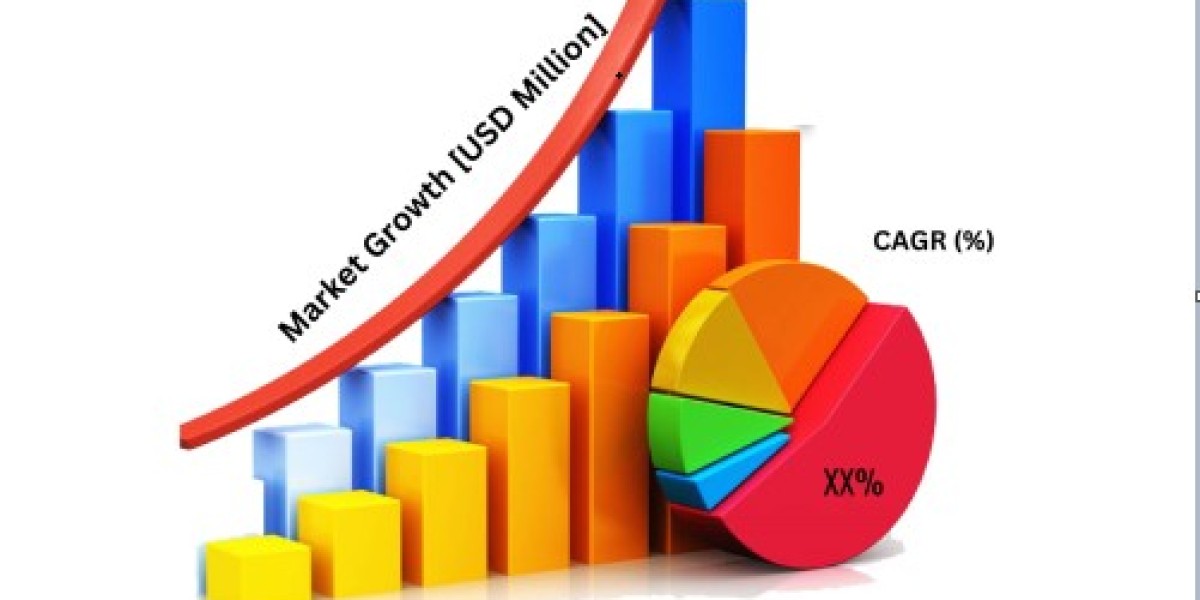The traditional construction industry faces a growing challenge: how to meet the rising demand for buildings while minimizing environmental impact and maximizing efficiency. Modular construction, a method of assembling buildings from prefabricated units built in a controlled environment, presents a compelling solution. This article explores the key advantages of modular construction and its potential to revolutionize the building industry towards a more sustainable and efficient future.
Modular Construction Market Size:
According to Stratview Research, the global modular construction market size was valued at USD 95.43 billion in 2022 and it is expected to reach USD 134.22 billion in 2028, growing at a CAGR of 5.73% during the forecast period in 2023-2028.
Reduced Environmental Footprint:
- Less Waste: Unlike traditional construction with substantial on-site cutting and debris, controlled factory environments enable precise material usage, significantly reducing waste.
- Lower Emissions: Factory settings allow for optimized material transportation and reduced reliance on heavy machinery on-site. This translates to a smaller construction footprint and a substantial decrease in greenhouse gas emissions.
- Sustainable Material Potential: Modular construction facilitates the incorporation of eco-friendly materials like recycled steel, bamboo, and prefabricated wooden panels. Additionally, the controlled environment allows for better insulation integration, leading to energy-efficient buildings.
Enhanced Efficiency and Speed:
- Faster Completion Times: Factory production allows for parallel construction of modules while groundwork happens on-site. This significantly reduces overall project timelines.
- Improved Quality Control: The controlled factory environment ensures consistent quality in material usage and construction. This reduces the risk of errors and rework often encountered in conventional on-site builds.
- Safer Work Environment: Factory settings offer a safer work environment with better control over hazards like dust and falling objects. Additionally, a minimized on-site workforce reduces the risk of accidents.
Economic Advantages:
- Cost Savings: Reduced waste, efficient material usage, and faster project completion times translate to significant cost savings. Additionally, modular construction eliminates weather-related delays and disruptions common in traditional builds.
- Predictable Budgeting: Factory-based production allows for more accurate cost estimation and eliminates the uncertainties associated with traditional construction methods.
- Scalability and Flexibility: Modular units can be easily added, removed, or reconfigured, making them ideal for temporary structures, adaptable classrooms, or disaster relief shelters.
Addressing Challenges:
While modular construction offers numerous advantages, certain challenges need to be addressed for wider adoption.
- Initial Investment: Setting up factories for modular construction requires a higher upfront investment compared to traditional methods.
- Transportation Costs: Moving large modules to the construction site can be expensive, especially for extensive projects.
- Design Limitations: While modular construction offers significant flexibility, architectural complexities might pose limitations compared to fully site-built structures.
The Road Ahead:
Despite the challenges, advancements in technology and increasing awareness of environmental concerns are propelling the growth of modular construction.
- Technological Advancements: Building Information Modeling (BIM) software allows for precise 3D modeling of modular units, facilitating efficient design, fabrication, and assembly.
- Government Initiatives: Several governments are recognizing the potential of modular construction and introducing policies that encourage its adoption in public projects.
- Market Acceptance: As the industry embraces sustainable practices and the need for speed and efficiency grows, the acceptance of modular construction is steadily increasing.
Conclusion:
Modular construction presents a promising approach to sustainable and efficient building. By minimizing environmental impact, reducing waste, and expediting project timelines, this method offers a viable alternative to traditional construction methods. As technology advances and the industry overcomes the existing challenges, modular construction has the potential to become the future of building, shaping sustainable and efficient cityscapes for generations to come.



